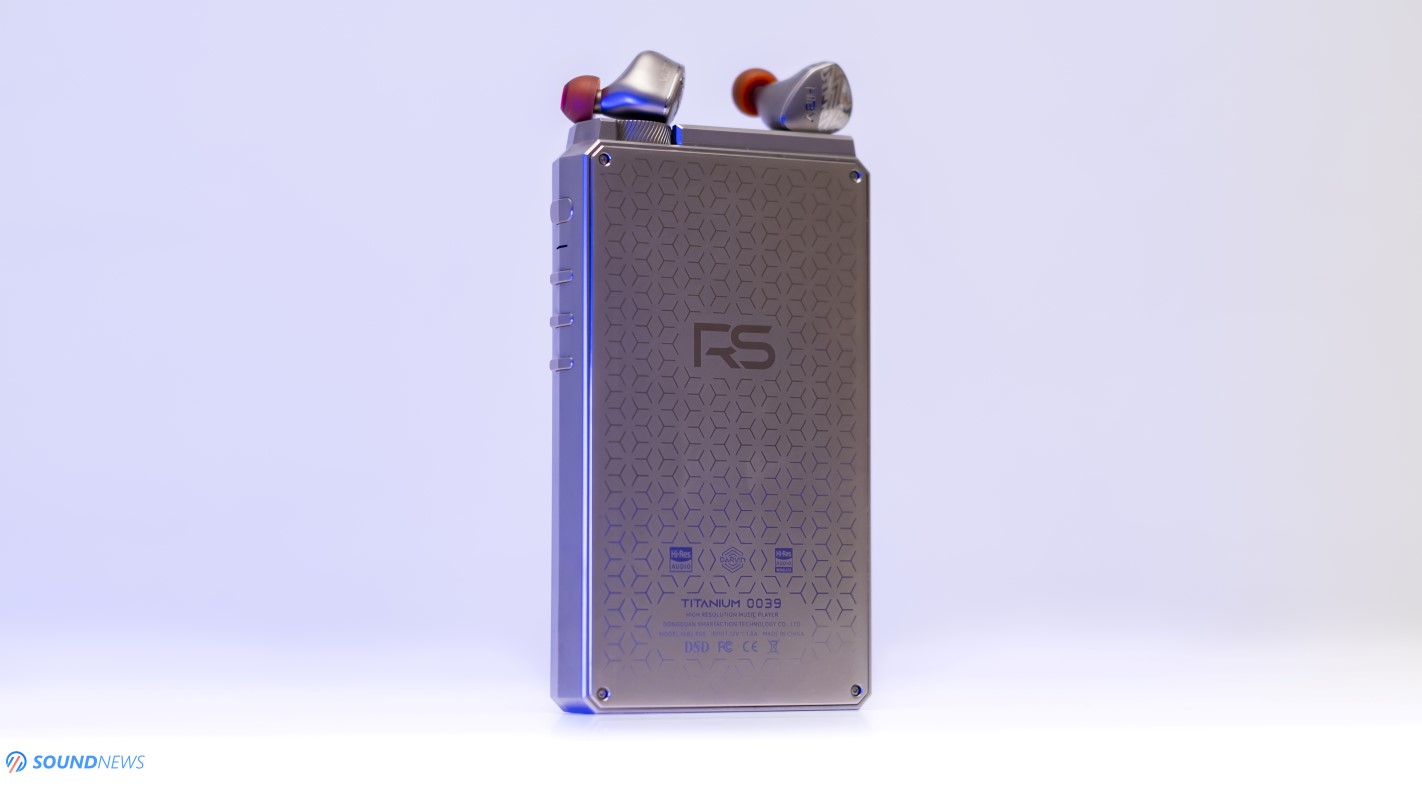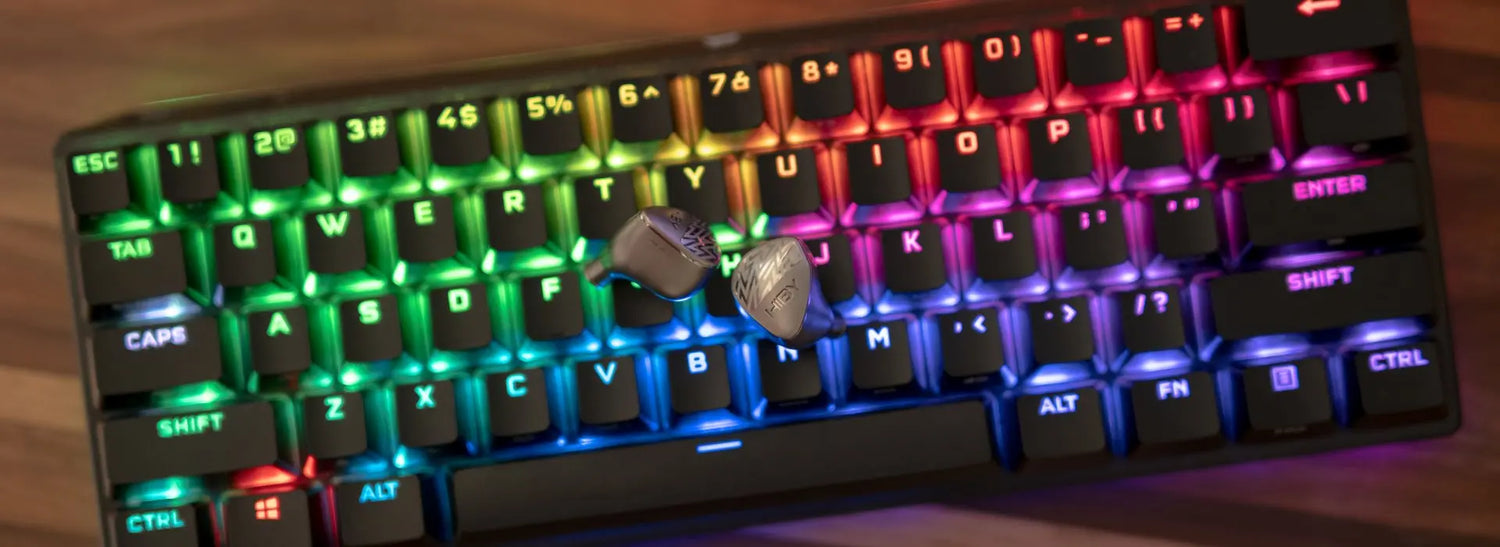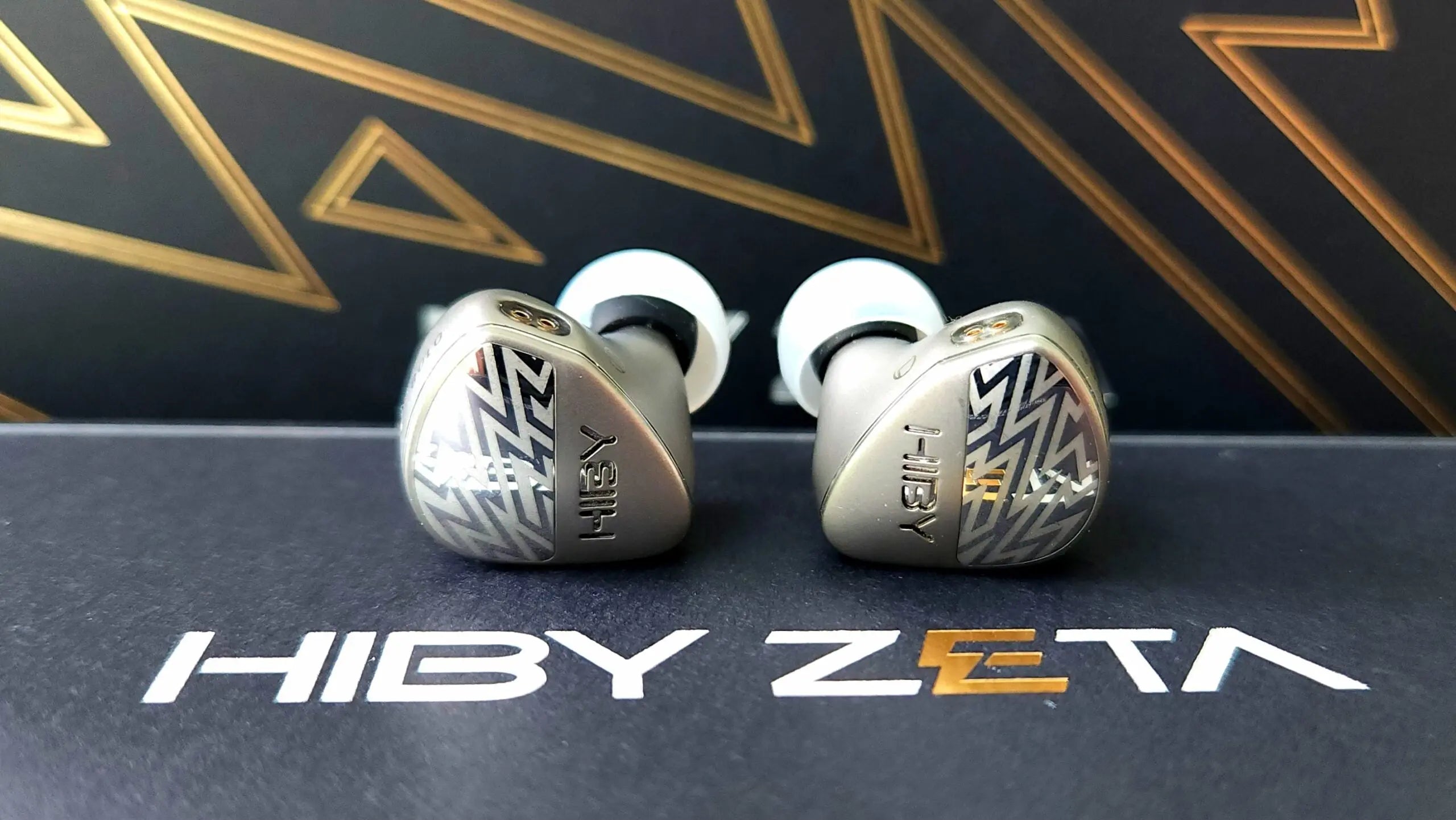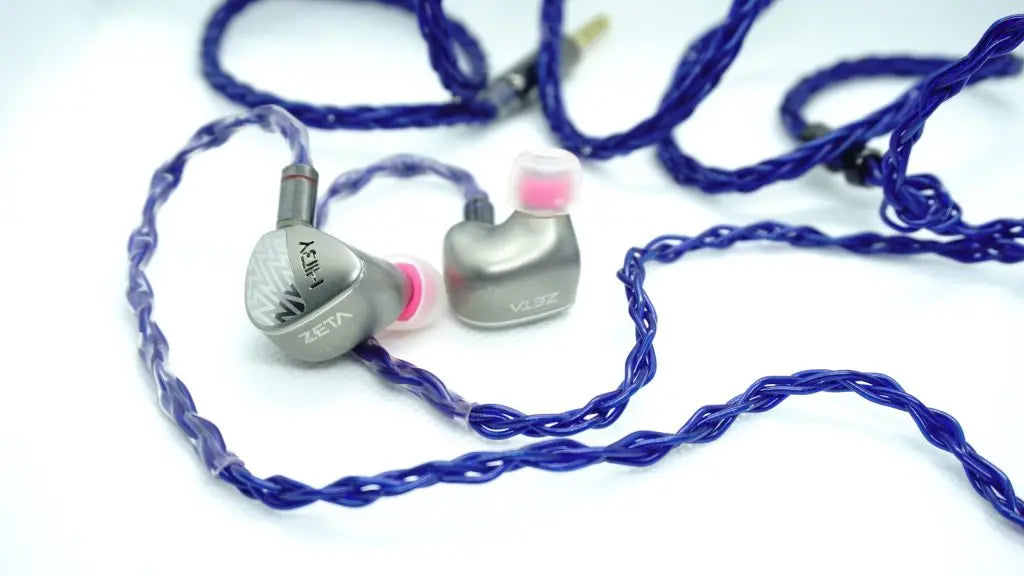It all started with an idea: playing lossless audio files on the go. In 2014 and later in 2015, HibyMusic 1.0 app was released for Android and iOS devices, letting you play your favorite music content offline or wirelessly from the cloud. Things got more interesting when HiByMusic started working with 3-rd party digital audio player makers, bundling their software with them, further expanding their influence. Fast forward to June 2017, HibyMusic revealed their OG portable digital audio player (DAP for short), under their own brand, having an open Android platform, powerful Snapdragon SoC, and dual ES9028 chips for digital-to-analog conversion duties, which further strengthened their roots in this field.
Deep-rooted in personal audio, HiBy started working on their own in-ear monitors (IEMs for short) shortly after, releasing several entry-level models. When Crystal6 was revealed in 2021, reviewed around here as well, it was clear that HiBy was no longer toying around with personal audio, as Crystal6 delivered a clear and transparent sound, albeit not as fun and punchy as I desired. Years passed and a few IEMs waving the same banners entered the arena, but none of them left a powerful impression. A year ago, I was informed that two flagship products would be revealed soon, bound by blood and giving maximum performance when working as a team. RS8 DAP was soon revealed, having flagship specs and a ginormous battery capacity. Armed with the sounds of mother nature herself with carefully selected resistors working in a ladder, forming an R2R network, Class A/AB amplification with the help of discrete components, MSEB settings, software plugins, and Darwin Controller, you end up with the most customizable DAP of the moment. Forthwith, HiBy found their sweet beta, unveiling and unwrapping their trusty ZETA. The circle is now complete. From entry to high-end IEMs, portable DAPs, HiFi dongles, colorful accessories, and never-to-be-seen software features, HiByMusic made a name for themselves and I can’t wait to unravel everything about their newest ZETA and RS8 DAP.
While the ZETA might look like yet another IEM release coming from the East on a daily basis, these aren’t some run-of-the-mill earbuds after a close inspection. It comes with a powerhouse of drivers: dynamic, balanced armature, and electrostatic, all having a grand party, five-way style, with nine drivers per side. It’s like having a whole rock band jamming inside your head, never stopping until you start grooving along. Having a CNC-machined titanium body, custom-developed dynamic, balanced armatures, and EST drivers working in a tribrid, 5-way configuration developed from the ground up, including a one-of-a-kind electronic crossover and the highest purity OCC copper conductors, I’m sure there aren’t additional peaks to climb after the ZETA.
Every single component was custom-developed and tuned according to their strict specifications, trying to squeeze maximum performance out of a pair of IEMs. Having a flagship status in their portfolio, ZETAs will cost you a pretty penny, going with a $1399 price tag. Without further ado, let’s dive in and uncover everything there is to know about them.

Unboxing Experience
Living in a world where trees are harvested and plastics are thrown away in the ocean, my day becomes brighter when I see simplistic packaging made out of recycled cardboard, without the use of plastics. The ZETA isn’t coming in a fancy wooden box or oversized packaging with a mountain of hardened foam for extra protection measures, instead, we are getting a smaller-sized box, which sends a simple, yet powerful message right away: Make music More musical. After opening it up, a smaller box is revealed that holds a rounded dark blue colored leather case on the left, and the IEMs themselves on the right. The leather case holds two minuscule-looking textile pouches, just in case you’ll want to further protect their titanium shells during long trips. A small brush can be found in there as well and a marvelous-looking detachable cable with a striking lapis lazuli color scheme which does attract a few eyes. The cable is thick, sturdy, and solid-looking, terminated with a 4.4mm connector, without additional connectors or cables provided in the package. You either go big with the 4.4mm connector (which is still my favorite balanced connector) or you go home. The IEMs themselves are screaming high-quality craftmanship, every shell is carved from two pieces of raw titanium ingots, which look neat near a titanium-wrapped HiBy RS8. Under the IEMs, there is a small compartment that holds eight pairs of ear tips and with the ones already preinstalled, we have 3 pairs of soft brace, medium brace, and enhanced brace ear tips coming in S, M, and L sizes. Soft (white) and medium (black) ear tips seem to work nicer with my ear anatomy and I’m wondering if there is a difference sound-wise, so expect some detailed measurements for all types of ear tips. This sums up the whole unboxing experience, not going with big or small packaging but with the right size for a pair of high-performance IEMs.
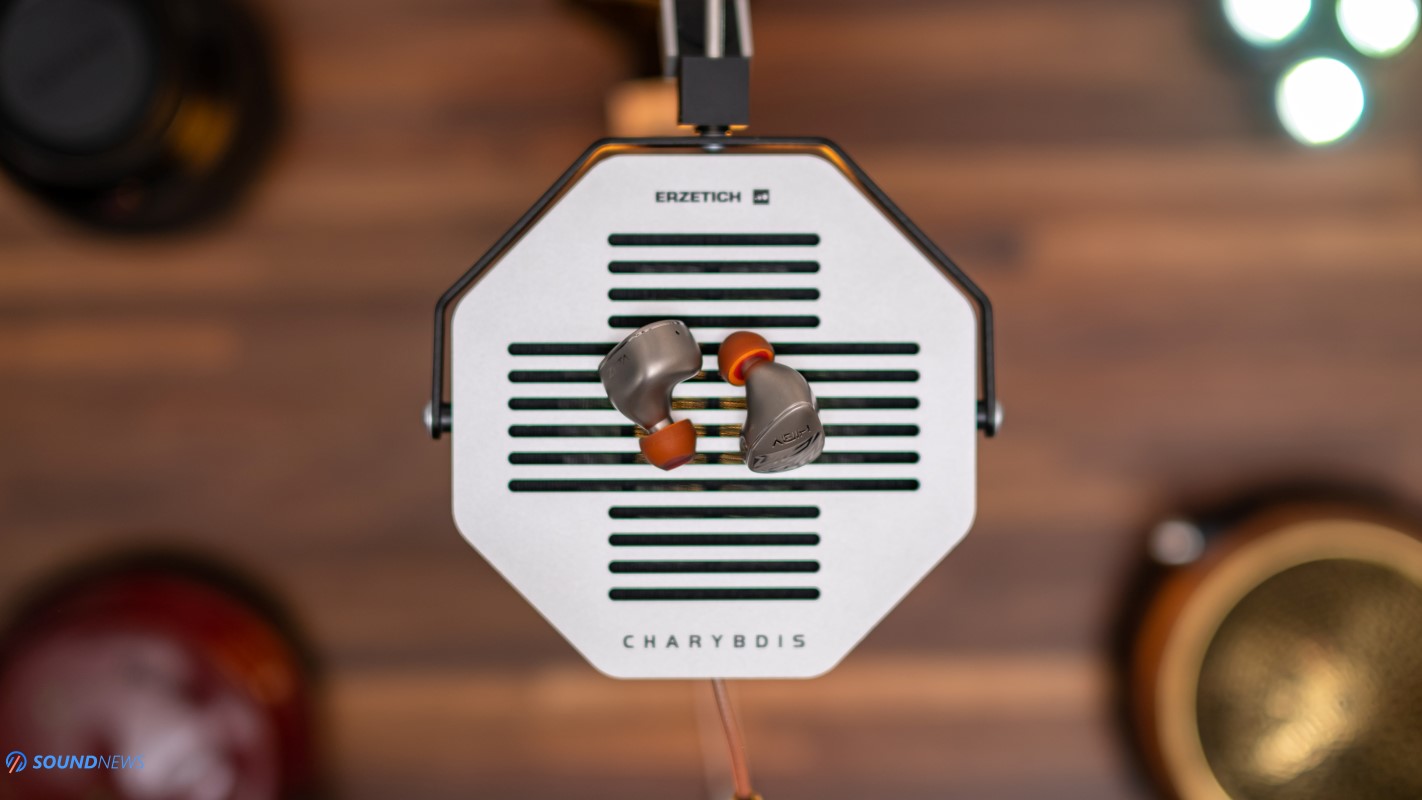
Build Quality & Looks
Their shells are sculpted from raw titanium nuggets on a CNC machine, you have the main shell and a cover that will seal the deal. I imagine it’s a tedious and time-consuming process, especially considering that titanium is a soft metal, but the end result speaks volumes. Simply put, these are some of the nicest-looking IEM bodies I ever played with. They look perfect to me, having a shape that follows the lines of my cheek. Their matte titanium housing makes them less slippery compared to electro-painted or resin bodies, so they will stay put no matter what.
Their shell is slightly bigger than usual due to having 9 drivers per side, but due to smooth lines and lightweight titanium body, these aren’t putting a lot of pressure on the ear cavity and after jogging for an hour or two, I didn’t feel discomfort as I’m usually getting with massive multi-driver IEMs.
The outer nozzle has a diameter of about 6 mm – slightly bigger than the standard 5mm ones, but you can still use your ever-growing ear tip collection. I tried a few SpinFit and memory foam tips and while the fit was tighter, they worked without issues on the ZETA. The nozzle length is similar (6mm), so again, Comply, SpinFit, and many other 3rd party ear tip brands should work nicely with them. The 2-pin connector is slightly buried in the shell and it doesn’t stick out. You need to apply a higher force to attach and detach the cable, which should save the 2-pin connector in the long run. HiBy does have a long history of using 2-pin connectors with their IEMs and while we don’t get the comfort of rotating MMCX connectors, the 2-pin connection is sturdier.
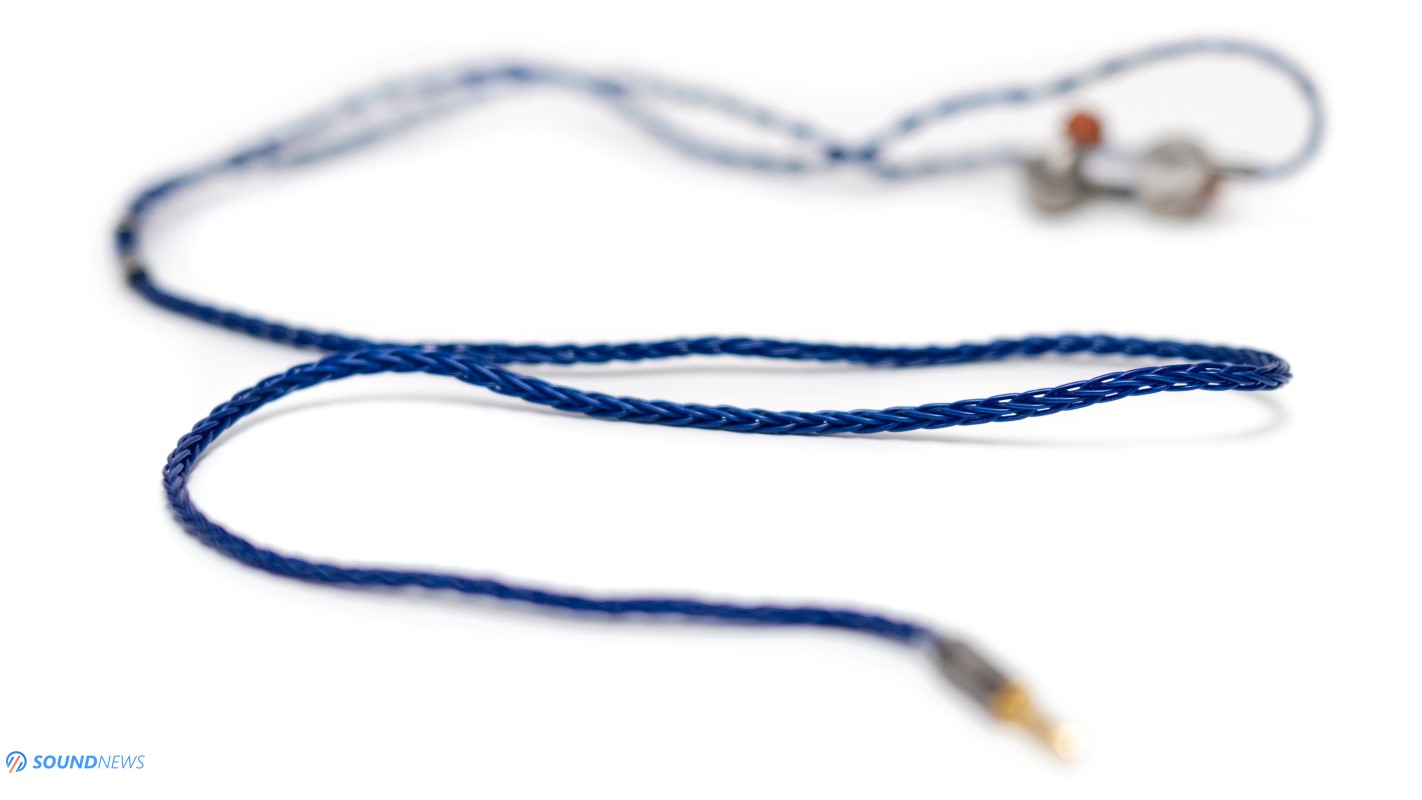
The big surprise was getting to know their heavy-duty detachable cable. Not only it’s a strong one and quite probably the thickest cable I have ever seen bundled with IEMs, but the conductors themselves are of high-purity OCC copper. It’s an 8-core fully balanced litz wire. In layman’s terms, this is the first and the last cable you’ll ever need to use with the ZETA.
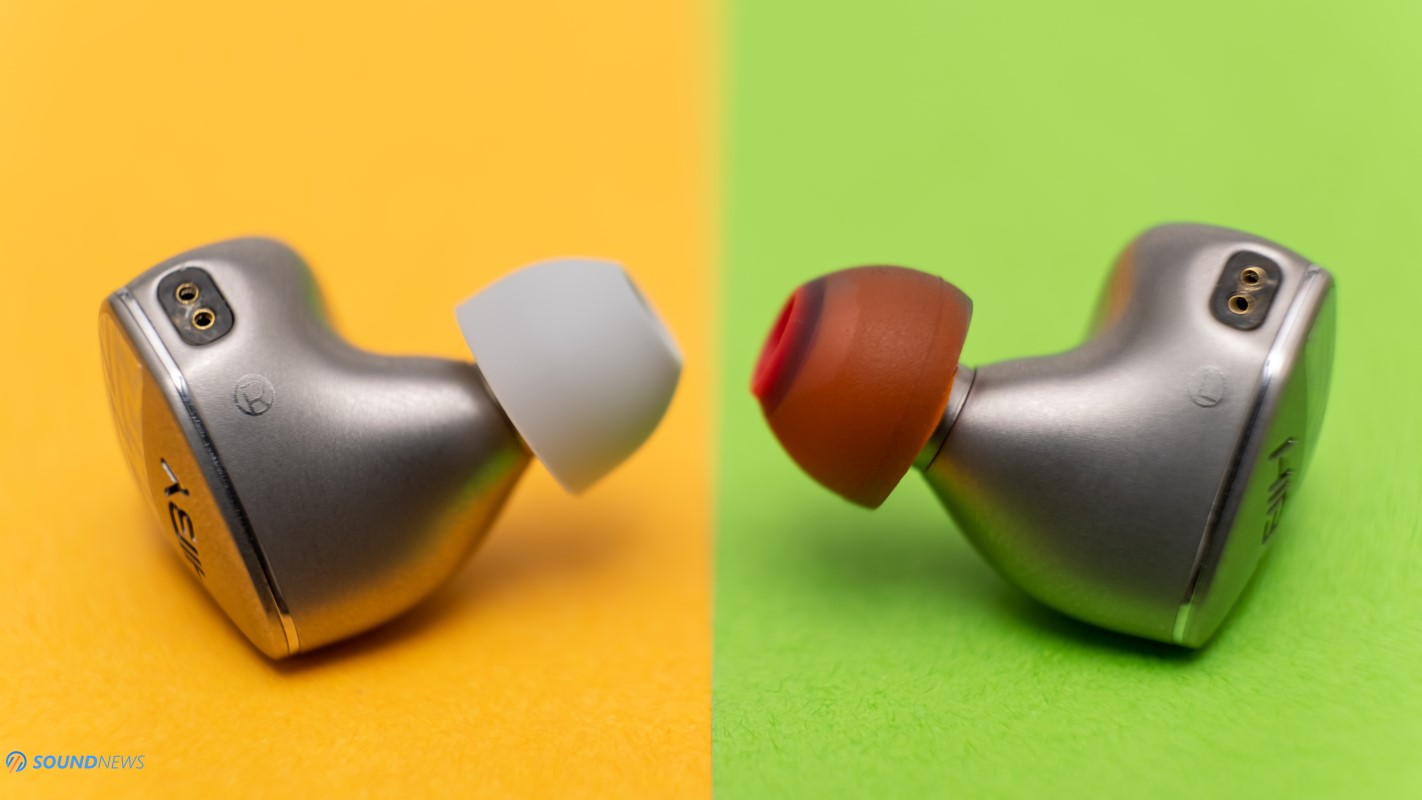
ZETA has 9 drivers per earpiece, combining a dynamic driver with 4 balanced armatures and 4 EST electrostatic drivers, working in a tribrid, 5-way configuration, naturally having a 5-way electronic crossover. The bass and especially the sub-bass is rendered by a 10mm ULF dynamic driver custom-designed for long excursion and low distortion, exactly how high-quality subwoofers are being made today. The dynamic driver is made out of dual-layer Kevlar, having an extreme tensile strength that is 6 times higher than steel, completely eliminating breakup points. This driver is surrounded by liquid silicon which decouples the driver from the IEM body, exactly how the woofers of HiFi speakers are being made today.
The midrange is rendered by a massive full-range custom-made balanced armature of Sonion together with dual armatures from Knowles. The whole treble region is rendered by another Knowles balanced armature and by four custom tailored 3rd generation electrostatic drivers of Sonion. There are 5 independent chambers producing sounds and obviously 5 tubes will be transporting the sounds into our ear canals, controlled by a 5-way electronic crossover which completes the whole affair. While I experienced tribrid IEMs multiple times by now, none of them used as many custom parts…which should have a massive impact on the sound performance.
Having a sensitivity of 112dB per a single mW of power, these are easy to drive. Their impedance stays impressively low at just 9 Ohms, which already suggests two things: these can be used as noise sniffers for portable and desktop headphone amplifiers, something which I’m already doing for 2 months straight, and secondly, due to a very low-impedance, they adore a healthy dose of current coming from your source and that’s precisely why HiBy recommends using the Turbo mode and Class-A amplifier operation on their flagship RS8 portable DAP. After trying them out on different amplifiers, these seem easy to drive at first, but they will flourish and prosper when a powerful amplifier feeds them clean power.
This is all you need to know about them, so let’s hit some eardrums and check them out!
